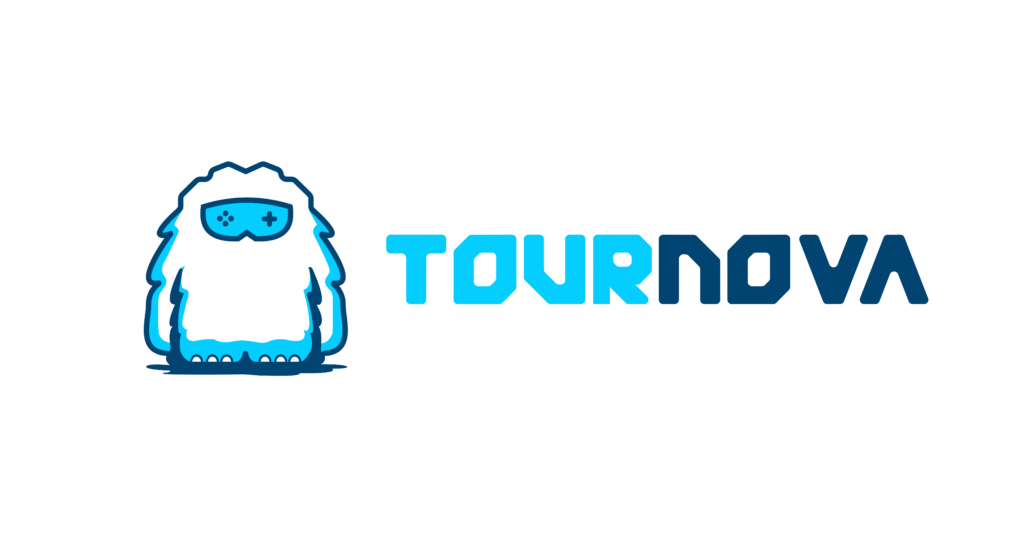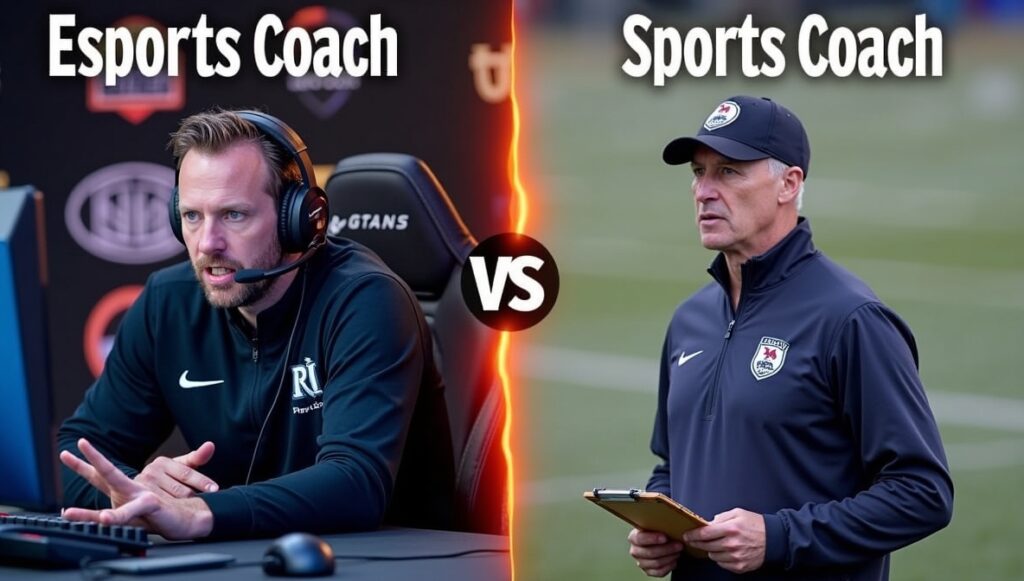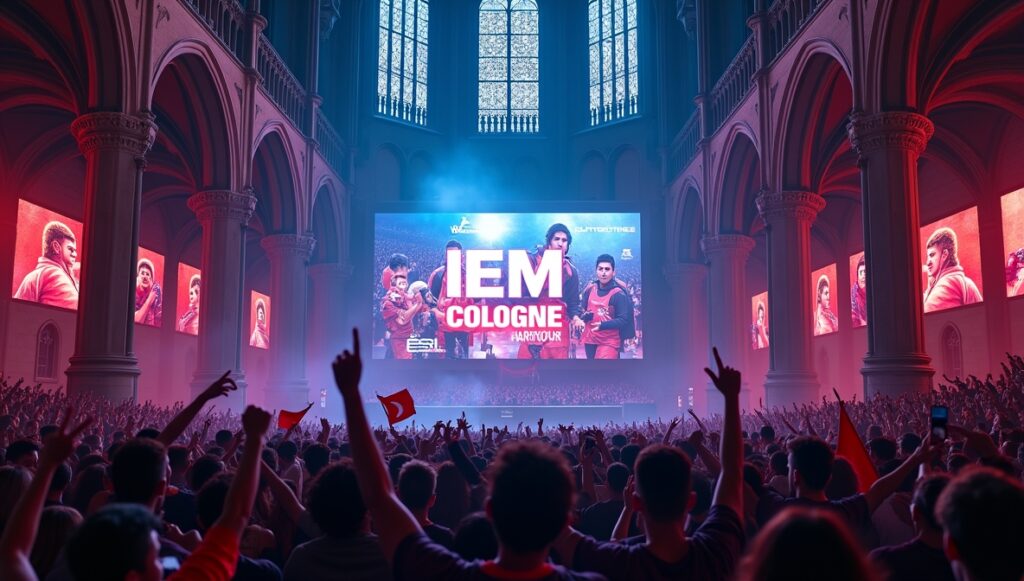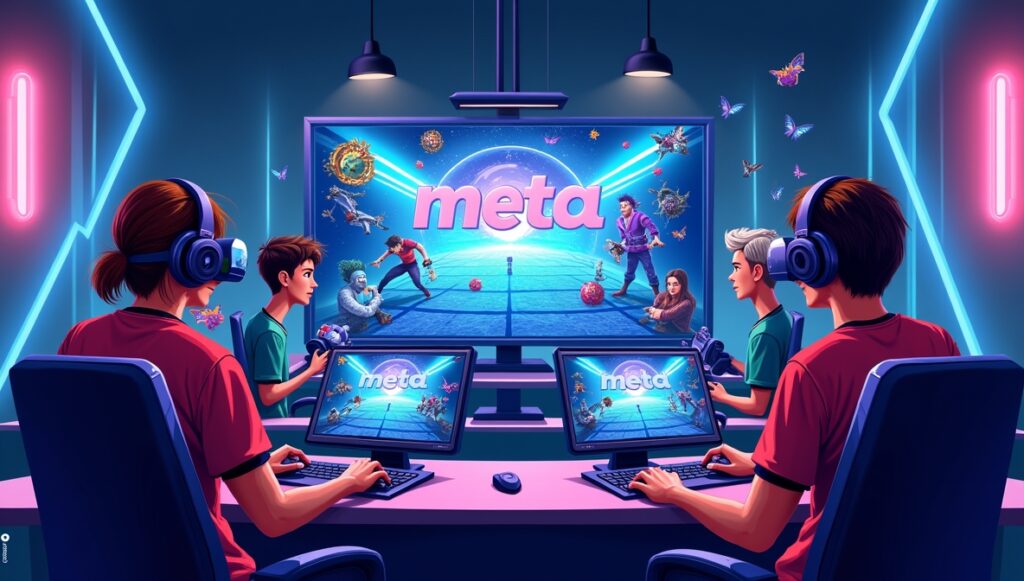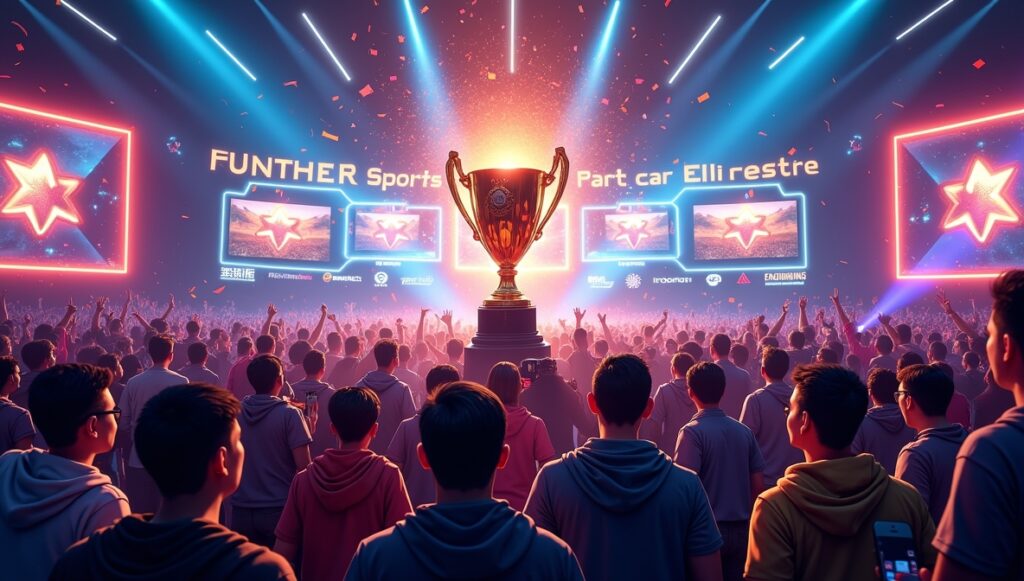In Apex Legends, surviving until the final moments of a match isn’t just about sharp aim or great teamwork—it’s about tactical movement. Every Battle Royale player knows the ring is always closing, bringing high-stakes action, but what does it take to stay one step ahead? That’s where zone prediction comes in. Understanding how zones shrink, where the safe ring will move next, and how to position your squad accordingly is the difference between looting in peace or panic-running while the damage ticks away. Whether you’re an Apex rookie or a seasoned predator trying to reach Diamond or Predator ranks, mastering Apex Legends zone prediction creates a foundation for victory.
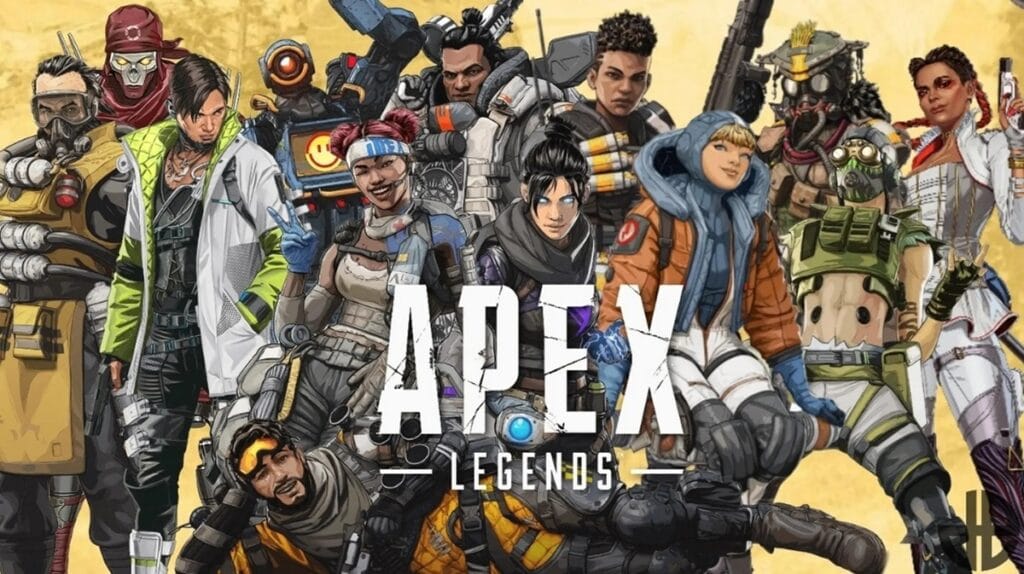
Understanding Apex Legends Zone Prediction
The zone (or “ring”) in Apex Legends operates on a timer, shrinking periodically to form smaller safe areas as the match progresses. At first, the shrinking ring feels manageable, dealing low damage and giving players time to loot and strategize. But as the stages advance, the ring becomes ruthlessly unforgiving, dishing out significant damage that can eliminate even the most well-equipped squad if caught outside for too long.
The placement of each ring within the game’s maps follows a predictable pattern, though randomness ensures that matches always feel fresh. Early rings are larger, often letting players spread out, while later ones begin to force squads closer together, upping the intensity. In ranked modes, strategic zone prediction becomes even more vital as players aim to balance survival with kill pressure.
Ring Damage Progression
- Rounds 1–2: Minimal damage
- Round 3: 10% health per tick
- Round 4: 20% health per tick
- Round 5: 20% health per tick
- Round 6: 25% health per tick
- Round 7: 25% health per tick
- Round 8: 25% health per tick
Tools and Features for Zone Prediction
If you’re looking to master zone strategy, Survey Beacons are your best friend. These tools allow players to scan the map at specific locations and reveal the next ring placement, giving their squad a literal map advantage. Not every Legend can use Survey Beacons, though—this ability is reserved for certain Recon Legends like Pathfinder, Crypto, Seer, and Vantage for effective Apex Legends zone prediction.
Pathfinder stands out as a fan favorite due to his dual ability to scan beacons and prepare rotations with his ziplines. Meanwhile, Crypto’s drone lets him scout Survey Beacons while remaining out of harm’s way. If these Legends aren’t part of your team composition, don’t worry—you can still make educated guesses based on terrain clues. High ground spots, chokepoints, or areas rich in cover often become prime candidates for final rings. Familiarity with popular maps like Kings Canyon, World’s Edge, or Storm Point further strengthens prediction skills.
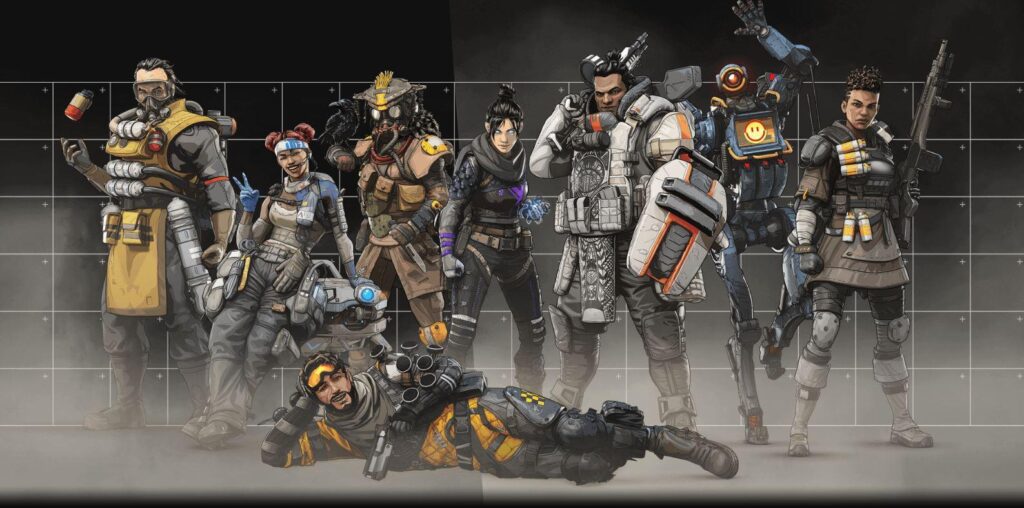
Maps and Rotation Strategies
Each of Apex Legends’ maps brings its own quirks to zone strategy:
1. Kings Canyon
Kings Canyon is compact, which makes zone prediction particularly challenging. Knowing how the ring shrinks toward recognizable locations like Skull Town or Artillery is key. Early rotations to high ground, like the hills surrounding the Hydro Dam, can help you stay ahead of enemies converging on the final circle.
2. World’s Edge
A map known for its diverse terrain—from rocky cliffs to urban centers like Fragment East—World’s Edge rewards players who understand common ring clusters. Areas like the Sorting Factory and Train Yard are frequent hotspots for mid-to-late-game zones. Rotating through open areas, such as the rooftop pathways near Lava Fissure, can offer safe movement options.

3. Storm Point
As Apex Legends’ largest map, Storm Point gives teams ample room to rotate. However, areas with wide open terrain can leave squads vulnerable during ring transitions, impacting your Apex Legends zone prediction. Keep your eye on Survey Beacons near Gravity Cannons or caves like Command Center for quick and strategic positioning.
4. Broken Moon
With its jump systems and unique design, Broken Moon encourages clever movement. Zones often condense around middle-map areas like Terraformer or The Divide, so strategic rotations into closed-off spaces can minimize surprise attacks during final circles.
Common Mistakes Players Make When Rotating
Even experienced players can fall victim to poor ring management. Here are some pitfalls to avoid:
1. Over-Rotating
Moving too early without a clear plan can expose your squad to ambushes. While early rotations are usually smart, jumping into the center of the next ring too eagerly may leave you sandwiched by incoming squads.
2. Underestimating Ring Damage
Don’t ignore the ticking danger of the shrinking ring—it’s stronger than you think, especially in later stages. Stockpile meds and understand when it’s worth fighting versus repositioning.
3. Neglecting High Ground
Final rings often favor elevation, so running into low ground or choke points can leave you vulnerable. Prioritize positions that allow cover and clear lines of sight to avoid being pushed by aggressive squads.
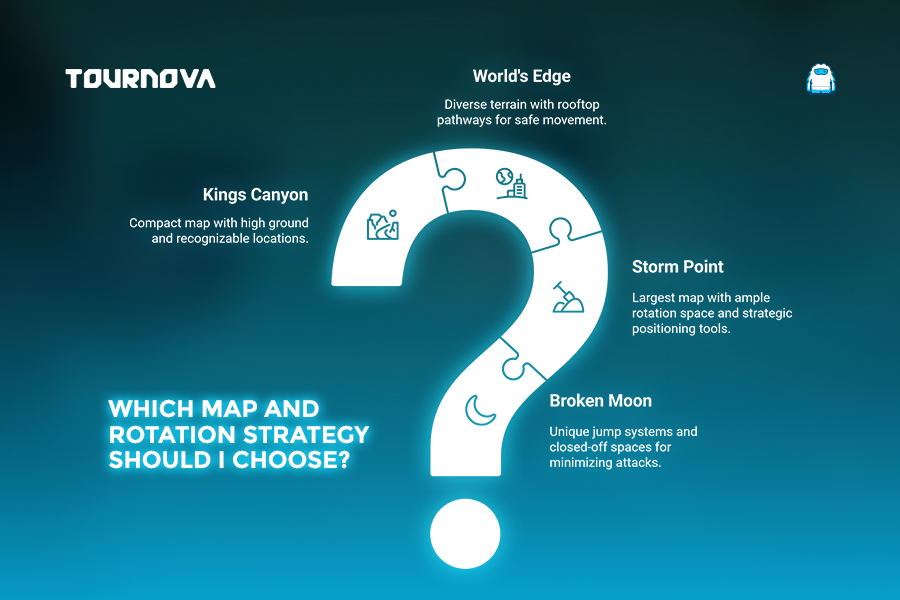
Advanced Prediction Techniques for Competitive Play
In Apex Legends’ competitive scene, zone prediction becomes second nature. Pro players often rely on their map knowledge and Survey Beacon scans to dominate high-stakes matches. Take ALGS (Apex Legends Global Series) tournaments as an example—teams like TSM strategically rotate early to secure chokepoints and high ground based on anticipated final-ring areas using precise Apex Legends zone prediction.
Advanced players combine zone prediction with environmental reads. They monitor where enemy squads are moving and use ring positioning to box opponents into unfavorable locations. Aggressive predictions, such as staking a high-value spot early, work well for dominant teams, while reactive playstyles utilize mobility and adaptability to succeed.
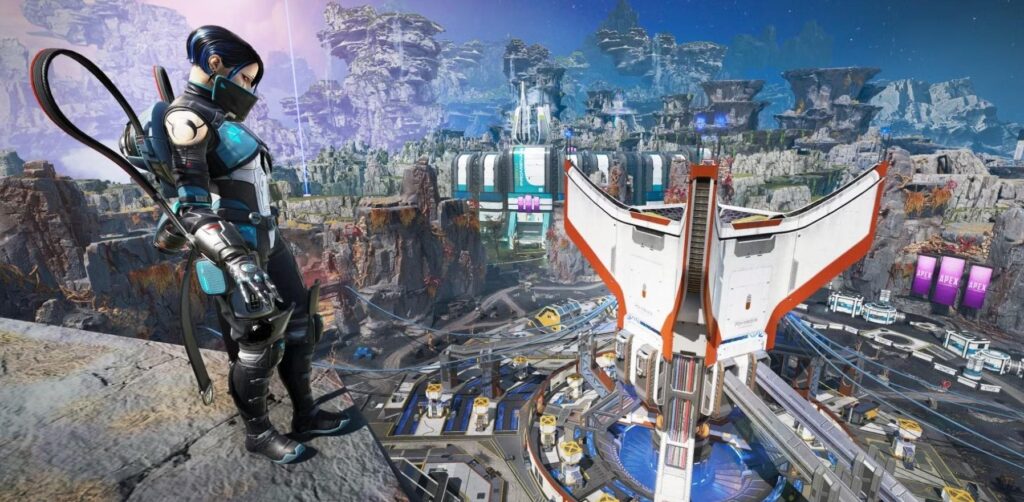
Impact on Team Composition and Playstyles
Zone prediction doesn’t just shape your strategy—it shapes your team. Teams often choose their Legends based on how they complement the ring strategy. Recon Legends like Pathfinder and Crypto find their niche in controlling beacon-based information, while defensive Legends like Gibraltar or Wattson can lock down favorable ring positions.
Meanwhile, aggressive squads favor mobility-based Legends like Octane or Wraith, who excel at repositioning in tight ring fights. Passive teams skilled at reading zones often prioritize survival-focused roles, ensuring they’re well-equipped for the late game. No matter the playstyle, effective zone watching ties individual roles together for coordinated success.
Future of Zone Prediction in Apex Legends
As Apex Legends evolves with updates and new maps, zone prediction may see interesting changes. Developers could introduce more dynamic ring behaviors or enhanced tools for scanning future zones. Imagine new gadgets with Apex Legends zone prediction capabilities or adjustments to how late-game rings shrink—a tweak that keeps the meta fresh and exciting for all players.
With community feedback always driving gameplay innovation, zone mechanics could become even more intricate, offering more engaging gameplay possibilities for competitive and casual players alike.
Mastering the Ring: How Tournova Elevates Apex Legends Zone Play
The intricacy of zone mechanics in Apex Legends, where survival hinges on adaptability, positioning, and timely rotations, aligns seamlessly with Tournova’s emphasis on structured, competitive gameplay. By streamlining tournament creation and management, Tournova allows organizers to craft dynamic events where players can test their strategic mastery of shrinking rings and map-specific rotations across Apex Legends’ diverse environments. Whether it’s navigating Kings Canyon’s tight terrain or Storm Point’s sprawling expanses, Tournova ensures that every match unfolds with clarity and precision, leaving no room for confusion in bracket progression or result tracking.
For competitors, Tournova’s platform creates an arena where the most skilled players stand out by leveraging precise zone predictions, smart team compositions, and clutch performances—all foundational qualities in Apex Legends’ competitive strategies. With Tournova’s intuitive tools, organizers can set the stage for players to shine under pressure, turning routine matches into thrilling showcases of strategy and survival.
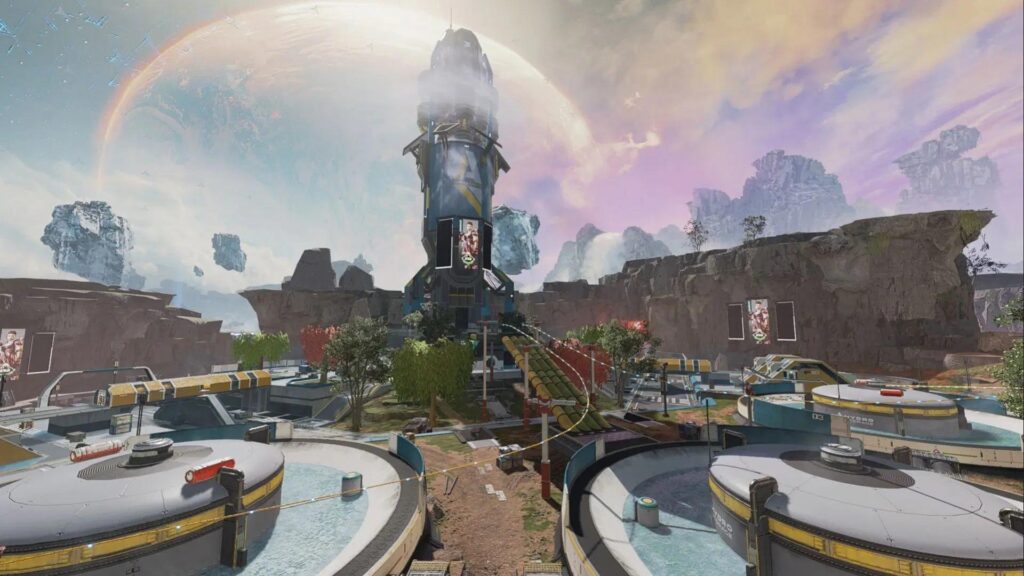
Summing Up: Mastering Apex Legends Zone Prediction
Zone prediction isn’t just a skill—it’s a survival tool that drives peak strategy and unforgettable moments. Knowing when and where the ring will shrink allows you to control movement, secure positioning, and force opponents into difficult decisions. From casual matches to competitive tournaments, mastering zone mechanics is the bridge between chaos and calculated dominance. So, the next time you drop in, grab a Recon Legend, take a glance at that beacon, and start reading the signs around the terrain. With practice, zone prediction becomes second nature, letting you focus less on damage ticks and more on pushing your team toward that elusive victory crown. How do you approach Apex Legends zone prediction? Share your favorite strategies and tips below—let’s keep the conversation rolling!
Read the hottest in-depth Esports Guides on Tournova.
FAQ
1. Can other Legends use Survey Beacons if their team includes Pathfinder or Crypto?
No, only Recon-class Legends—such as Pathfinder, Crypto, Vantage, or Bloodhound—can interact with Survey Beacons to predict future zones.
2. How do shrinking zones impact loot availability?
As the ring closes, certain high-tier loot zones may become harder to access or fall within high-risk areas. Players often need to adapt and loot more conservatively as the zone forces fights closer together.
3. Are final rings random or predictable?
Final rings have a randomized element but tend to favor specific high-ground zones or open spaces depending on the map. Skilled players use familiarity with map hotspots to approximate likely final-circle locations.
4. What happens if multiple squads camp near the next zone?
Congestion near early zones can lead to chaotic fights, putting squads at risk of third-party attacks. Managing rotations and securing defensible space early can reduce the chances of being blindsided.
